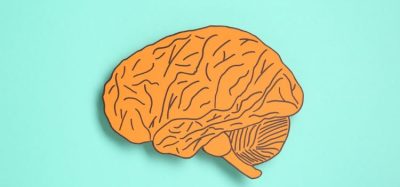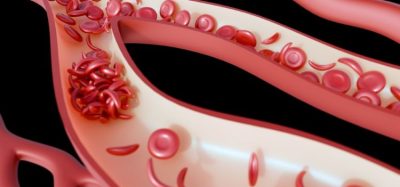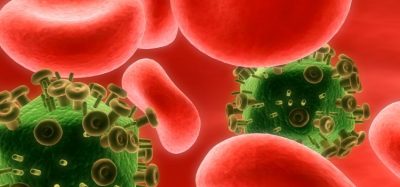Sparse pipeline for acromegaly and gigantism treatment limiting market growth, says GlobalData
Posted: 28 January 2015 |
The acromegaly and gigantism treatment market will expand at a modest Compound Annual Growth Rate (CAGR) of 3.74% from approximately $588 million in 2013 to $707 million by 2018, limited by a sparse pipeline, according to research and consulting firm GlobalData…


The acromegaly and gigantism treatment market will expand at a modest Compound Annual Growth Rate (CAGR) of 3.74% from approximately $588 million in 2013 to $707 million by 2018, limited by a sparse pipeline, according to research and consulting firm GlobalData.
The company’s latest report* states that across six major markets (the US, UK, France, Spain, Germany and Italy), Novartis’ Sandostatin LAR Depot, which is the current standard of care, will remain the dominant treatment throughout the forecast period.
At present, there are three drugs in late-stage development and GlobalData anticipates two of these to be launched in the next couple of years.
However, Lakshmi Dharmarajan, Ph.D., GlobalData’s Analyst covering Cardiovascular & Metabolic Disorders, says the three pipeline agents, namely Novartis’ Signifor LAR, Chiasma’s oral octreotide and Antisense Therapeutics’ ATL1103, do not match up to the current standard-of-care therapies and will capture only a small subset of the treatment market by 2018.
Dharmarajan explains: “While Signifor LAR demonstrated greater efficacy than the standard of care in treating refractory acromegaly patients in clinical studies, it is also riddled with a higher chance of hyperglycemia adverse events. As diabetes is a common comorbidity occurring with acromegaly, the drug will have a lower target patient pool, while its anticipated higher price will also put it at a disadvantage.
“In the case of oral octreotide, the active ingredient is the same tried-and-tested octreotide drug that has been used successfully for many years in acromegaly. However, factors such as meal-spacing issues and the drug’s high dosing requirement lower its clinical prospects and Chiasma Pharma will struggle to compete commercially with Novartis.”
The analyst adds that ATL1103, which recently completed Phase II trials and scored almost as high as Pfizer’s Somavert on the clinical scale, may also struggle to make an impact. Antisense therapy is still in an embryonic stage in the pharmaceutical armamentarium, meaning physicians will initially be wary about replacing Somavert with ATL1103.
Dharmarajan concludes: “Overall, despite its patent expiry in 2014, Sandostatin LAR Depot will continue to be the market leader at the end of the forecast period, due to the lack of generic competition, while positive physician feedback indicates that Somavert will see a steady rise in sales.”
*OpportunityAnalyzer: Acromegaly and Gigantism – Opportunity Analysis and Forecast to 2018








